Prosper | Celina
Prosper, Celina councils OK wastewater reclamation plant expansion contracts
Officials in Prosper and Celina have agreed to allocate funds toward expanding the Upper Trinity Regional Water District Doe Branch Water Reclamation Plant, a wastewater treatment plant servicing both communities.






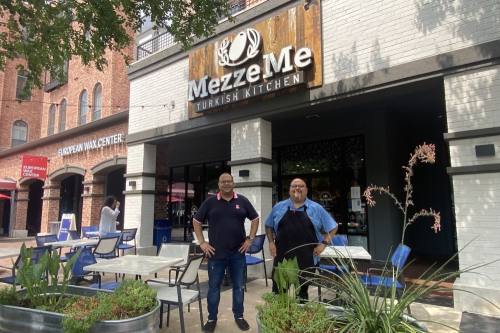
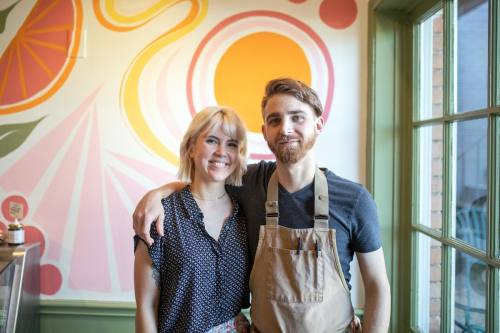
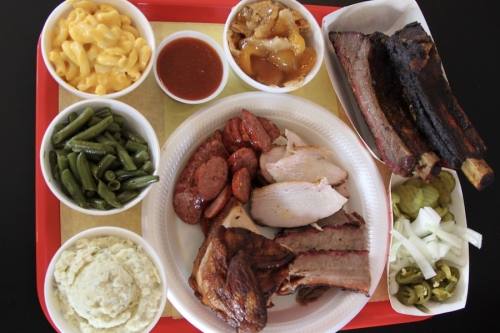
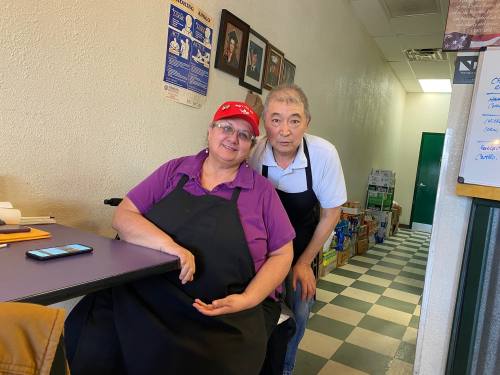





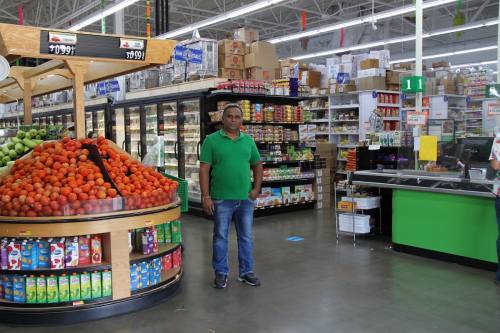



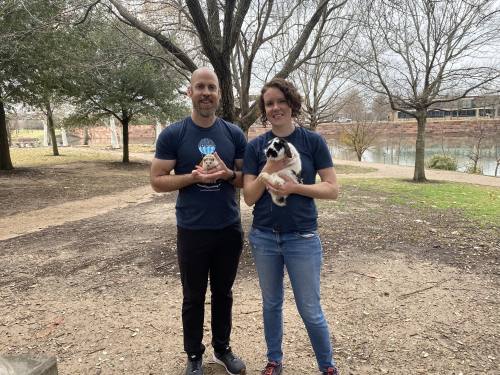
 Be the reader to
Be the reader to 